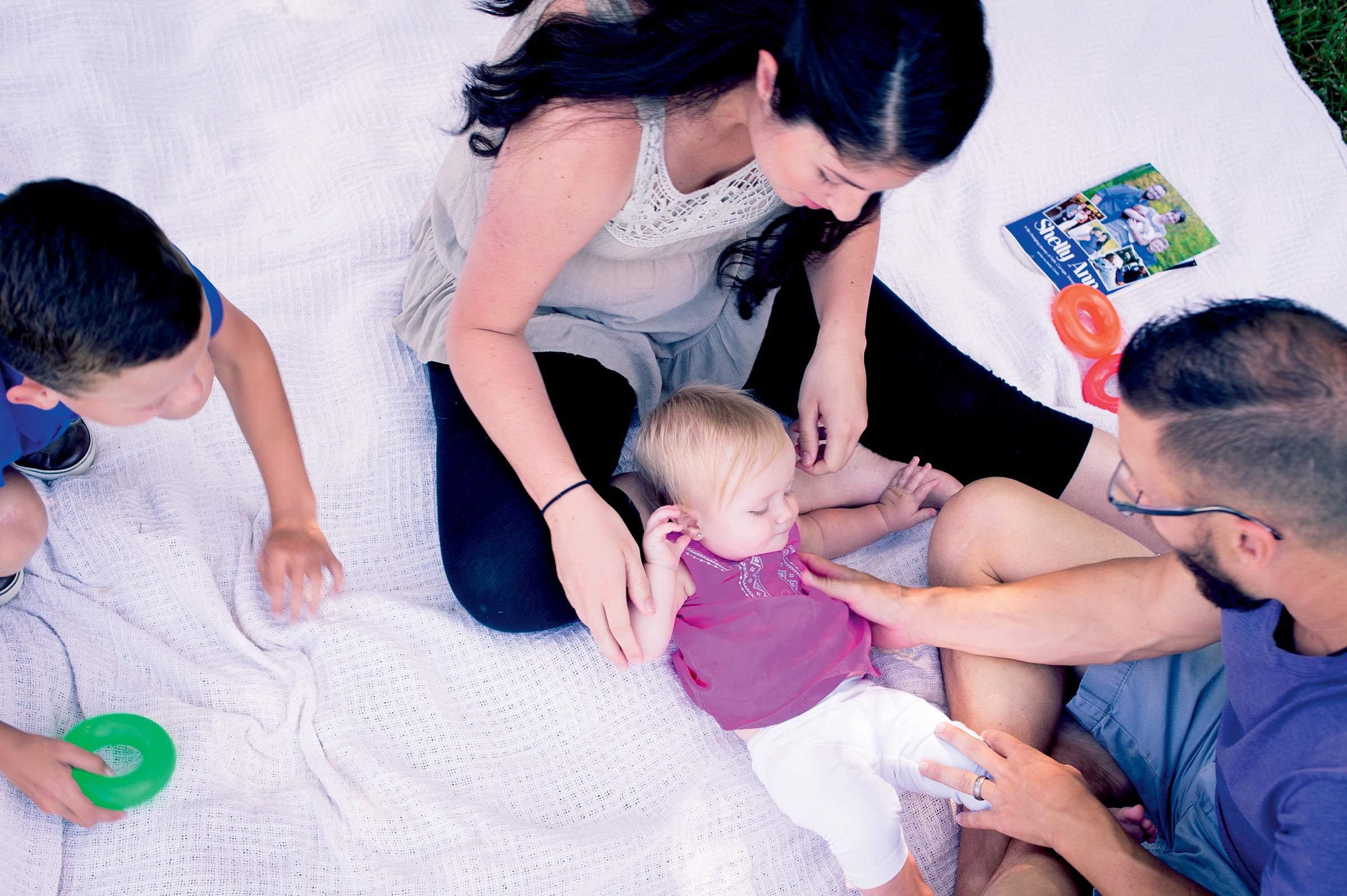Why North Carolina Mom Believes Newborn Saved Her Life

— -- After planning for a natural birth, doctors at a North Carolina hospital told Shelly Cawley they would need to perform an emergency Cesarean section.
A blood clot diagnosed earlier in her pregnancy and other complications were apparently shutting down her body. Doctors performed the C-section after Cawley’s blood pressure spiked and she was not getting enough oxygen.
She eventually delivered a healthy baby girl on Sept. 5, 2014, but mom wasn’t waking up.
“I was asleep for the heart-wrenching part of the story; [husband] Jeremy does a great job of telling it with emotion,” Cawley, 24, said.
Now that she has fully recovered, Jeremy Cawley, 35, recounted much of the experience at Carolinas HealthCare System NorthEast in Concord.
“Everything happened so fast. The doctors have theories of what was going on, but can’t figure it out,” he said. “Something to do with Shelly’s hormones during pregnancy changed the way her blood clotted.”
The Concord, North Carolina couple believes the blood clot found in Cawley’s leg prior to her giving birth broke loose after the C-section, hitting her lungs.

“The plan was, she had the C-section and then they wake her up like every other surgery, but when her lungs filled with fluid, she wasn’t able to get enough oxygen and because of everything going on with her, it [her body] began shutting down. It couldn’t handle what was happening,” he said.
“It was so fast that doctors said if Shelly had not already been asleep with the breathing tubes in place, doctors would not have been able to get the tubes in fast enough.”
Because doctors were concerned about her vital signs after the C-section, they placed her in a medically induced coma. A week later, a nurse on her team offered a suggestion, proposing skin-to-skin contact between mother and newborn and a cry.
In a statement from the hospital, the nurse explained: "Why don't we get the baby on Shelly's chest and make her cry?"
The nurse thought Cawley’s subconscious would hear her daughter crying, giving her a reason to fight.
When Cawley’s daughter was placed on her chest, the hospital said, the sound of the baby’s cry helped doctors stabilize mom so they could continue providing care. “That very important bond between mother and daughter is what had to happen,” Jeremy Cawley said. “If that wouldn’t have happened, Shelly wouldn’t have been here today.”
Cawley’s vitals began to stabilize after the baby was placed on her, and doctors brought mom out of the coma about a week later, and then moved her to another facility for continued care. “Shelly started showing signs that she could fight and there was an immediate improvement in the signs of her vitals,” her husband said.
Cawley was released from medical facilities, including outpatient care, about a month later and underwent rehab for six months.

Dr. Michael DeGeorgia, professor of neurology at the Case Western Reserve School of Medicine and director of the Neurocritical Care Center at University Hospitals Case Medical Center in Cleveland, said it’s impossible to draw a direct link.
“Skin-to-skin contact is very powerful and that is what we do now after mothers give birth; we put the baby on the chest and force contact,” he said. “But to figure that is what made her come around is not likely, although it might have been an emotional trigger.”
Either way, Cawley has fully recovered and is now ready to share her story. She will graduate from nursing school in December. Her daughter, Rylan, is nearly 14 months old.
“I genuinely believe with my full heart that Rylan is the reason I am still here,” Cawley said.



